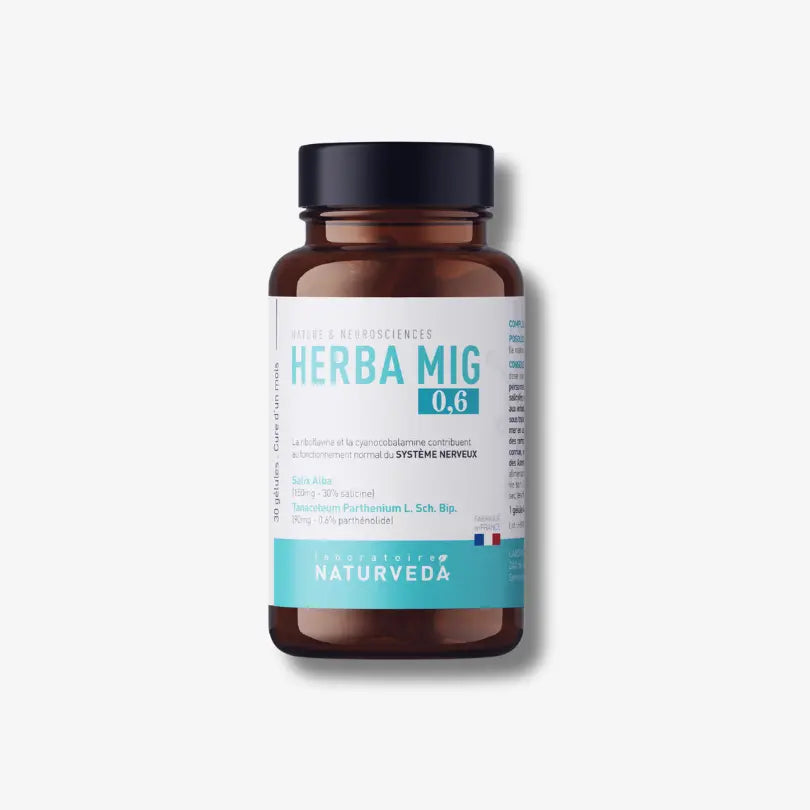Have you ever wondered about the benefits of dark therapy ? It may seem unconventional , but this alternative approach to therapy has gained popularity in recent years.
Darkness therapy is a unique form of therapy that involves spending time in complete darkness. These may include therapy sessions in dark rooms or even nights spent in specially designed dark retreats.
The idea behind dark therapy is to eliminate all sources of external light , allowing individuals to focus only on their internal experiences.
It is believed that this absence of light can have a profound impact on the mind, body and soul. In this guide, we'll explore the different benefits that darkness therapy can offer, from improving sleep and relaxation to improving self-awareness and emotional healing. So whether you're looking to relieve stress or anxiety, or simply deepen your understanding of yourself, darkness therapy might be an avenue worth exploring.
History of Darkness Therapy
Darkness therapy has been used for centuries by various cultures such as Ayurveda , Tibetan Buddhism and Taoism, to promote restful sleep and optimize overall health . Ancient civilizations recognized the importance of darkness during sleep and implemented practices to minimize exposure to light in order to maintain a healthy sleep pattern. In recent years, research has further explored the benefits of dark therapy and its positive impact on sleep quality and overall well-being .
Benefits of Dark Therapy
Improved sleep quality
As a complement to natural herbal products , one of the main benefits of dark therapy is its ability to improve sleep quality . By reducing exposure to artificial light before and during sleep, dark therapy helps regulate the body's sleep-wake cycle and promotes deeper, more restful sleep . This can lead to greater alertness during the day, improved mood, and improved overall cognitive function.
Reduce symptoms of seasonal affective disorder (SAD)
Darkness therapy has shown promising results in reducing the symptoms of seasonal depression . Seasonal depression is a type of depression that occurs during certain seasons, usually winter , due to reduced exposure to natural sunlight. By creating a dark sleep environment and minimizing light exposure, dark therapy can help alleviate symptoms of seasonal depression and improve overall mood and well-being.
Improves melatonin production
Melatonin is a hormone produced by the pineal gland in the brain and plays a crucial role in regulating sleep and wakefulness. By reducing exposure to artificial light, particularly blue light , which suppresses melatonin production, dark therapy increases melatonin levels and promotes a more natural sleep-wake cycle.
Promotes relaxation and stress reduction
Creating a dark sleep environment promotes relaxation and stress reduction. By eliminating or reducing artificial light sources, such as street lamps or LED screens , dark therapy creates a calming atmosphere, conducive to quality sleep. This can help reduce stress levels and improve overall mental well-being.

How does dark therapy work?
Dark therapy works by carefully regulating light exposure to optimize the sleep-wake cycle . This involves minimizing exposure to artificial light, particularly blue light, during specific periods, such as in the evening before bed and during sleep. This helps synchronize the body's internal clock with the natural day-night cycle.
In response to the absence of light, the pineal gland secretes melatonin. In addition to regulating circadian rhythms—wakefulness, sleep—this neurohormone has multiple functions.
It acts as an antioxidant, directly destroying or inhibiting the action of certain free radicals in healthy cells and stimulating the secretion of antioxidant enzymes. Properties that make it contribute to certain detoxification processes. Conversely, through a mechanism that is still poorly understood, it promotes apoptosis, i.e. the suicide of tumor cells.
Impact on circadian rhythm
The circadian rhythm is the body's internal clock that regulates our sleep-wake cycle and other physiological processes. Dark therapy helps align the circadian rhythm by promoting darkness during sleep and minimizing exposure to artificial light, which can disrupt the natural rhythm of the sleep-wake cycle.
Influence on melatonin levels
Melatonin is a hormone that regulates sleep and wakefulness. Dark therapy promotes melatonin production and release by reducing exposure to artificial light, particularly blue light, which can suppress melatonin production. This helps maintain a natural sleep-wake cycle and promotes restful sleep.
Neurological and physiological effects
Dark therapy has varied neurological and physiological effects. It can improve neuronal synchronization, overall brain function and reduce neuroinflammation. Additionally, dark therapy has been shown to regulate blood pressure , heart rate, and cortisol levels, which improves cardiovascular health and reduces stress .
A study carried out on rats shows an anxiolytic action linked to regulation of cortisol, the stress hormone. So during the first few days in the dark, people relax and sleep a lot.
Who can benefit from dark therapy?
People with sleep disorders in good mental health
Dark therapy can be very beneficial for people with sleep disorders, such as insomnia or sleep apnea. By optimizing sleep quality and promoting a healthy sleep-wake cycle, dark therapy can help regulate sleep patterns and improve overall sleep efficiency.
People with Seasonal Affective Disorder (SAD)
Darkness therapy is particularly beneficial for people suffering from seasonal affective disorder (SAD). By reducing exposure to artificial light and creating a dark sleep environment, dark therapy can help relieve symptoms of seasonal depression and improve overall mood and well-being.
People suffering from sleep disorders linked to shift work
Shift workers often struggle to maintain a healthy sleep-wake cycle due to irregular work schedules and exposure to artificial light during the night. Dark therapy can help people with shift work-related sleep disorders by promoting a dark sleep environment and regulating their sleep-wake cycle .
What is the recommended duration of dark therapy?
The recommended duration of dark therapy may vary depending on individual needs and goals. However, it is generally recommended to implement dark therapy consistently every night and maintain a dark sleep environment for at least eight hours.
Can penumbra therapy have side effects?
Black therapy is generally safe and has no significant side effects . However, people who experience discomfort or worsening of their symptoms should consult a healthcare professional for further evaluation.




